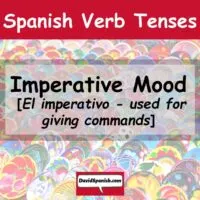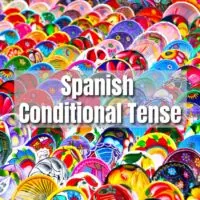La Bamba (Meaning: the beat) is a traditional Mexican folk song from the state of Veracruz. While the song lyrics were often traditionally improvised, the earliest recording was made by Alvaro Hernández Ortiz in 1938. In 1958, Ritchie Valens made the song famous with his rock version rising to the top of the US charts. In …
Bésame Mucho (Meaning Kiss me a lot or much; Pronunciation: Bay-sah-may moot-cho) is the most famous song written by Mexican singer Consuelo Velázquez and arguably one of the most famous Spanish langauge songs of all time. This post explains the vocabulary and grammer of the song’s Spanish lyrics, which are actually not very difficult to …











